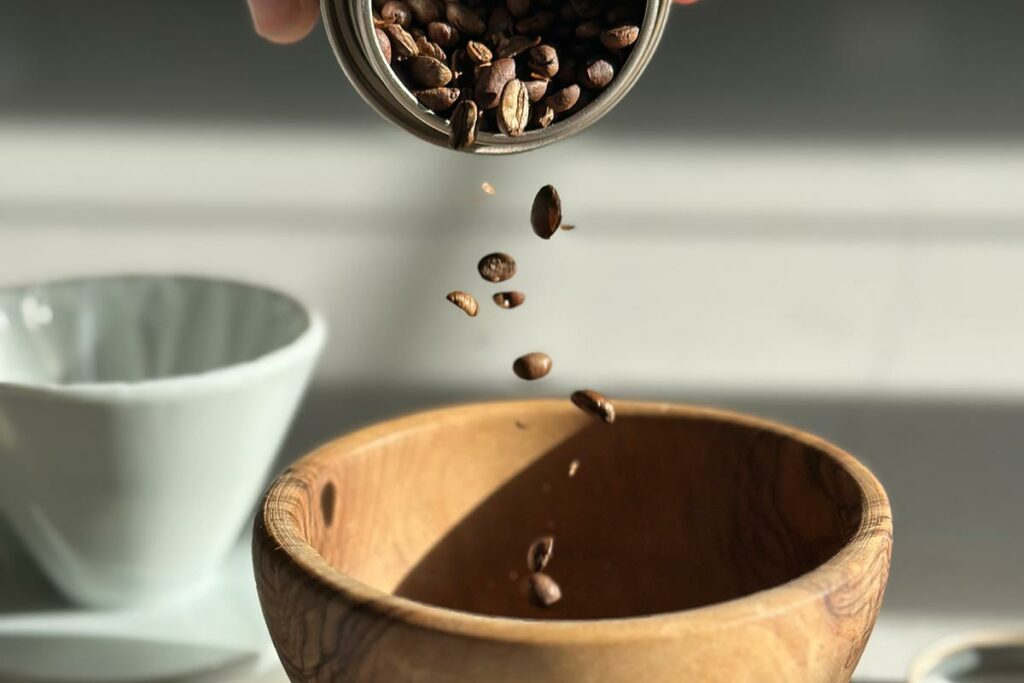Whether you’re a casual sipper or a full-blown home barista, you’ve probably heard a few so-called “facts” about coffee that didn’t sit quite right. Over time, coffee culture has brewed up a handful of myths that just won’t go away—despite what science and experience tell us.
Let’s set the record straight on four of the most common coffee myths still floating around today.
Myth #1: Coffee Dehydrates You
Because caffeine is a mild diuretic, many people assume coffee must be dehydrating. But recent studies show that the water in coffee actually outweighs any mild fluid loss caused by caffeine.
In one well-known 2014 study published in PLOS ONE, researchers compared hydration levels in people who drank only water versus those who drank a moderate amount of coffee. The result? No significant difference in hydration status.
Unless you’re consuming caffeine in extreme quantities, your morning brew still counts toward your daily fluid intake.
Myth #2: Espresso Has More Caffeine Than Drip Coffee
This one’s technically true—per ounce. But when it comes to how much caffeine you’re actually consuming, drip coffee usually wins out. A single 1-ounce shot of espresso has about 65-95 mg of caffeine. A standard 8-ounce cup of drip coffee? That’ll give you anywhere from 95 to 160 mg, depending on the brew strength and beans used.
If you’re looking for a strong hit of caffeine quickly, espresso is concentrated and efficient. But if you’re sipping a full mug of drip throughout your morning? You’re likely getting more caffeine overall.
Myth #3: Coffee Stunts Your Growth
This one’s been around for decades—maybe your parents even warned you about it as a kid. But there’s no solid evidence to back it up. In fact, multiple long-term studies have shown that caffeine has no measurable effect on bone development or growth in children or teens.
So where did the myth come from? Early studies raised concerns about caffeine and calcium absorption, but even those were inconclusive. If you maintain a balanced diet with adequate calcium, moderate coffee intake isn’t a concern—regardless of your age.
Myth #4: Coffee Should Be Served Piping Hot
A steaming hot mug might feel comforting, but super high temps can actually mute the flavor of your coffee and even scald your tongue. The ideal drinking temperature for most brewed coffee is between 130°F and 160°F (54°C to 71°C). This is the range where aromas and tasting notes shine without overwhelming bitterness or burnt flavors.
Not only does ultra-hot coffee dull the experience, it can also be dangerous. The risk of burns from coffee served above 160°F is well-documented. So if you’ve been sipping right after the pour, try letting your coffee cool just a little—you might discover flavors you didn’t even know were there.
Final Thoughts
Coffee is more than just a caffeine fix—it’s a daily ritual, a moment of calm, and for many, a small joy that starts the day right. But when myths stick around, they can cloud the experience or even lead to less-than-great brews.
By clearing up a few of these common misconceptions, you’re not just getting the facts—you’re setting yourself up for a more informed, more enjoyable cup. Whether you’re into French press, espresso, or your trusty drip machine, knowing what’s true (and what’s not) helps every sip taste a little better.
References
- Harvard Health: https://www.health.harvard.edu/blog/is-coffee-bad-for-kids-2020021718815
- Mayo Clinic: https://www.mayoclinic.org/healthy-lifestyle/nutrition-and-healthy-eating/expert-answers/caffeine/faq-20057965
- USDA FoodData Central: https://fdc.nal.usda.gov/
- UC Davis Coffee Center: Research on temperature and sensory experience: https://coffeecenter.ucdavis.edu/faculty-research/publications
